

Explore Italy by place | region | time period
Republican Rome » Cumae (Pozzuoli, Campania)
Towards the end of the 6th century BCE and the beginning of the 5th century BCE, the Greeks defeated the Persians in the Aegean and on the Hellenistic mainland, while the Greeks of southern Italy faced the dangerous Carthaginians and Etruscans for the possession of Campania and Sicily, and for the control of the Tyrrhenian Sea.
The poleis of Magna Graecia were more disunited and hostile towards each other compared to those of the motherland. Their conflicts often ended with the destruction of entire cities. In fact, at first, their lack of unity caused them to suffer heavy defeats. But the poleis in Italy had the advantage of tyranny, which allowed them to resist external enemies more effectively. Thus, in Sicily, Gelon (tyrant of Gela from 491 or 490 BCE) subdued a large number of cities including the rich and powerful Syracuse.
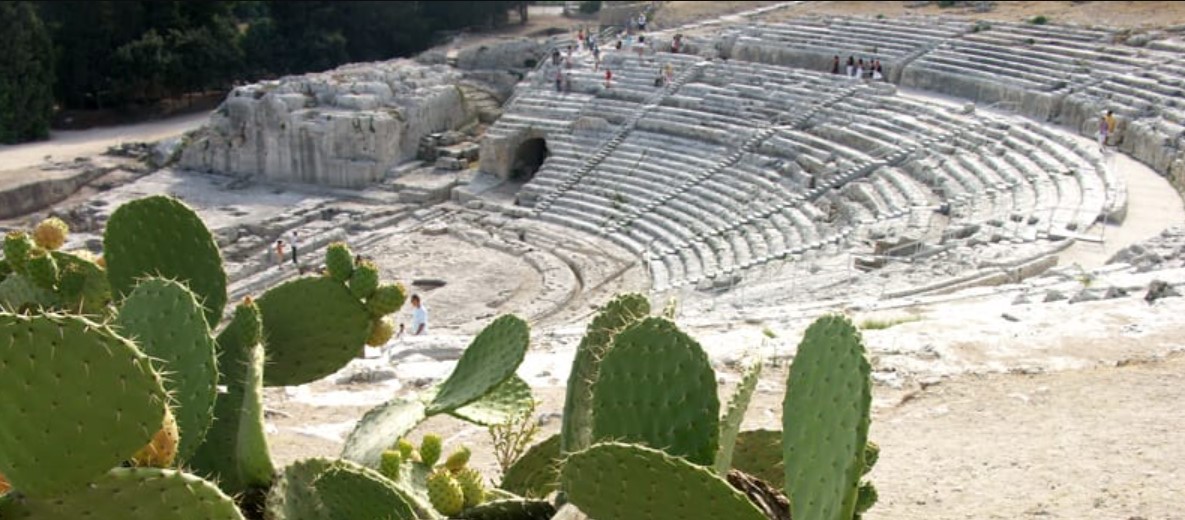
Gelon (the first tyrant of Syracuse from around 485 to 478 BCE) moved his capital to Syracuse and allied with Theron, the tyrant of Agrigento, forming a very strong coalition of Doric cities. In a short time, he consolidated Doric hegemony and blocked Carthaginian expansion.
In 474 BCE, Hieron (or Hiero), who became the ruler of Gela first (around 485-478 BCE) and of Syracuse (around 478-466 BCE) after the death of his brother Gelon, also intervened in Campania, once again defeating the Etruscans at Cumae.
Cumae was a Greek-colonized city in southern Italy, founded in the 8th century BC in an area near the southern Etruscan border.
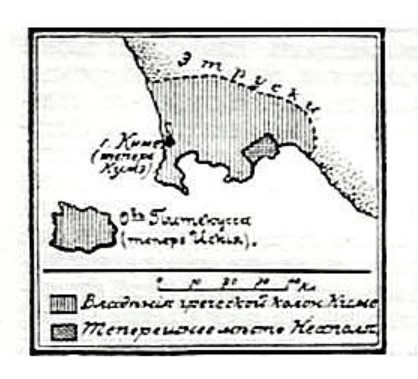
Under Hieron, Syracuse became one of the greatest centers of Hellenic civilization. Continuing his brother’s policy, the tyrant dominated the entire eastern part of Sicily, deporting those who rebelled and either destroying or repopulating entire poleis with Doric colonists and mercenary soldiers. Despite his harshness, Hiero was one of the most famous and admired Greeks of his time: he was the winner of many competitions at the Olympic Games, celebrated by poets, and a skilled patron of some of the greatest literary figures, including Aeschylus and Pindar.
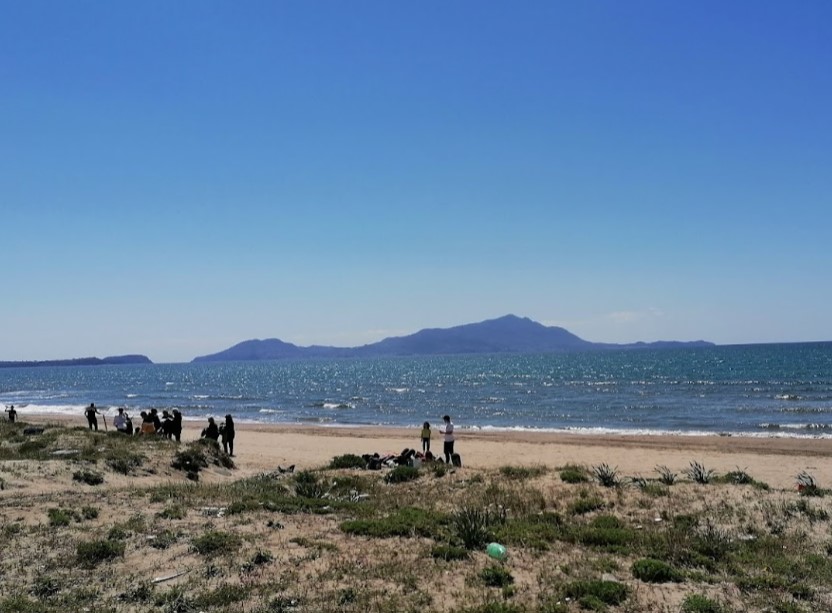
The chronicler of the Battle of Cumae was the poet Pindar, who witnessed the clashes aboard a Syracusan vessel:
I pray thee, son of Kronos, grant that the Phenician and the Tuscan war-cry be hushed at home, since they have beheld the calamity of their ships that befell them before Cumae, even how they were smitten by the captain of the Syracusans, who from their swift ships hurled their youth into the sea, to deliver Hellas from the bondage of the oppressor.
- Odes of Pindar, Pitica, I, antistrophe IV, verses 71-80
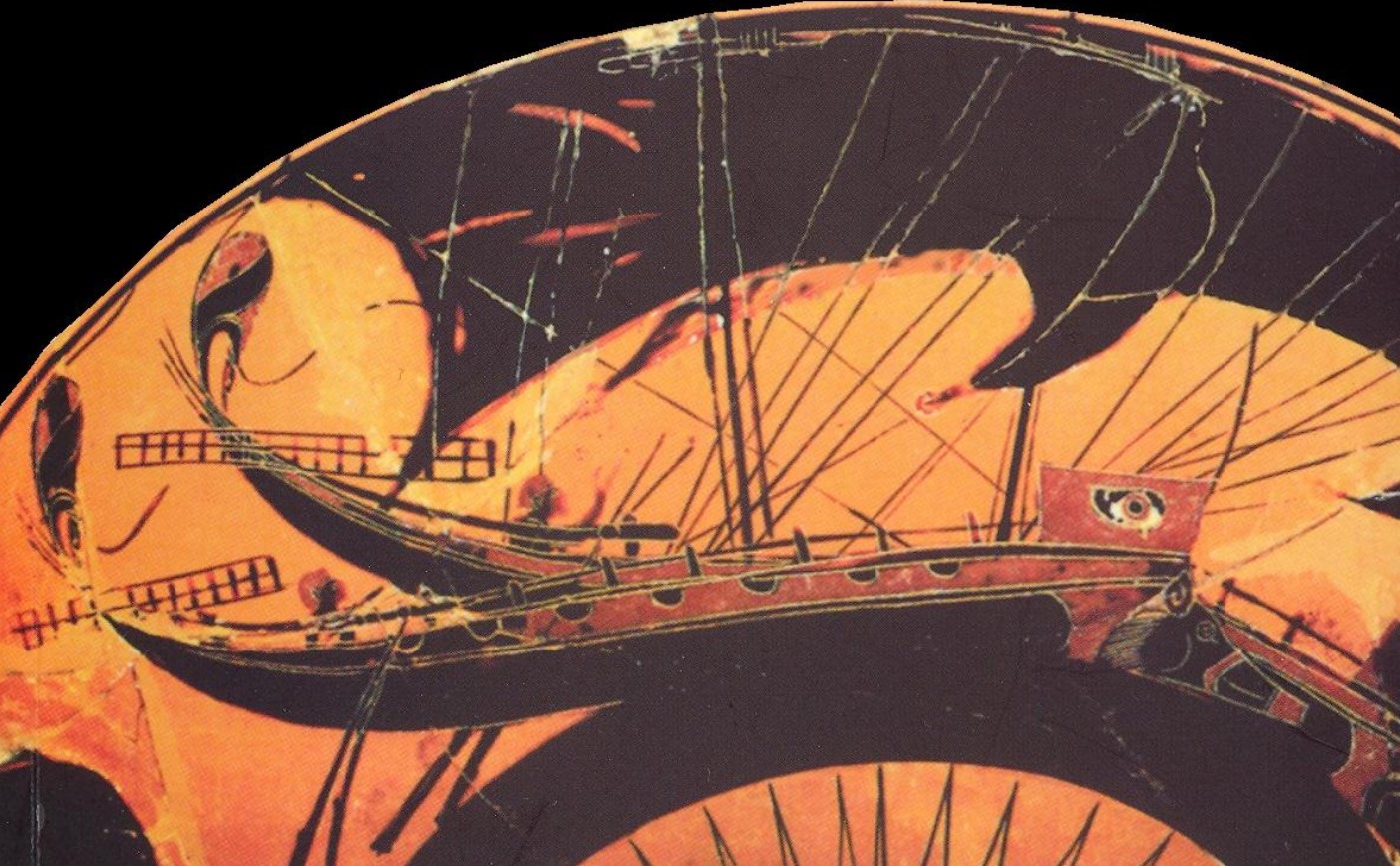
The Battle of Cumae saw the confrontation between the Siceliot Syracusan ships, sent by the tyrant Hiero to aid the Cumaeans, and the Etruscan ships from Tarquinia and Caere (Cerveteri). The details of the clash are unknown, but it is very likely that the two fleets engaged in the strait between Miseno and the island of Procida.
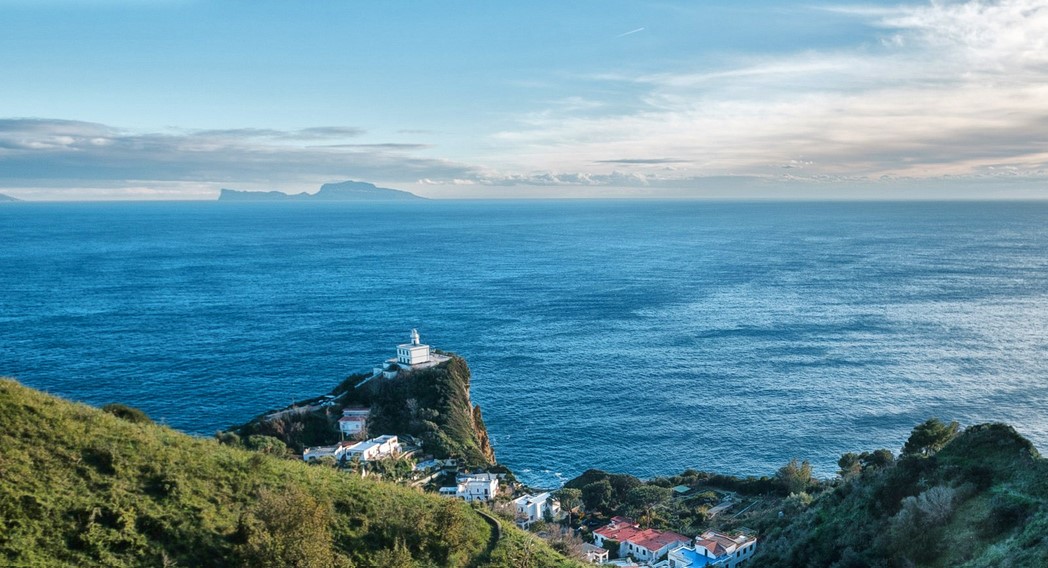
According to Diodorus Siculus, the forces had arranged a meeting and then clashed.
When Acestorides was archon in Athens, in Rome Caeso Fabius and Titus Verginius succeeded to the consulship. And in this year Hieron, the king of the Syracusans, when ambassadors came to him from Cumae in Italy and asked his aid in the war which the Tyrrhenians, who were at that time masters of the sea, were waging against them, he dispatched to their aid a considerable number of triremes.
And after the commanders of this fleet had put in at Cumae, joining with the men of that region they fought a naval battle with the Tyrrhenians, and destroying many of their ships and conquering them in a great sea-fight, they humbled the Tyrrhenians and delivered the Cumaeans from their fears, after which they sailed back to Syracuse.
According to other scholars, the Etruscan fleet was defeated because it was unable to maneuver in the narrow space between Capo Miseno and Procida, as it was composed of light ships that were not as agile as the Syracusan triremes. The naval battle likely did not last long because the Etruscan fleet, taken by surprise, attempted to retreat and lost most of its ships during the flight. Deprived of all contact with the sea and no longer able to secure supplies to complete the encirclement on two fronts, the Etruscan army, which was meanwhile besieging Cumae, withdrew without fighting.
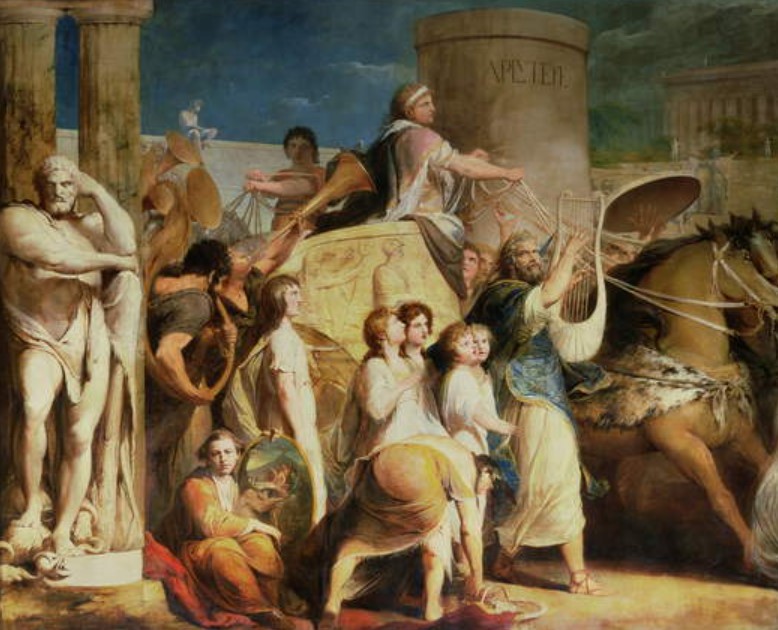
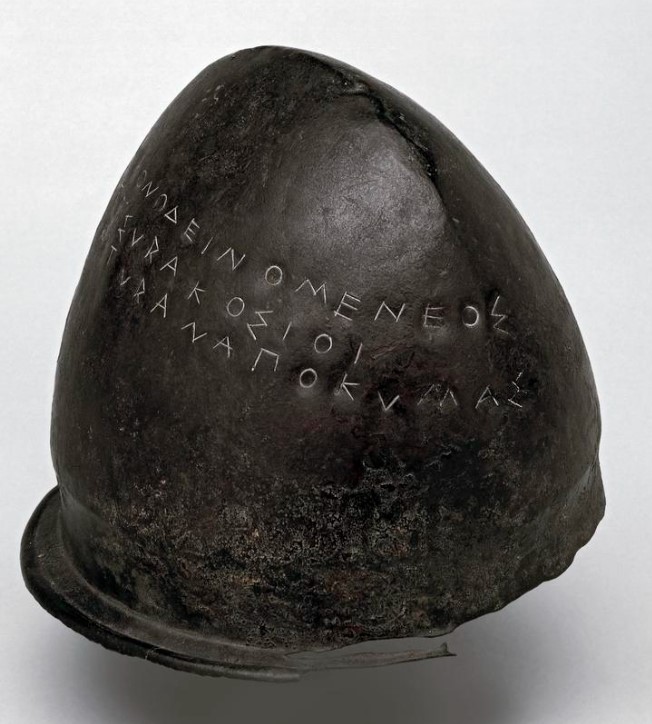
Following the significant victory, Hieron offered several helmets at the sanctuary of Zeus in Olympia. Three of these helmets have survived: two are located in the Olympia Museum (helmets B and C), while one is at the British Museum (helmet A).
On the helmets, one Corinthian (helmet B) and two Etruscan (helmets A and C), there is an inscription in Greek dedicated by Hieron to Zeus, in three variations.
The inscription on helmet B reads::
ΗΙΑRΟΝ Ο ΔΕΙΝΟΜΕΝΕΟΣ / ΚΑΙ ΤΟΙ ΣΙRΑΚΟΣΙΟΙ / ΤΟΙ ΔΙ ΤYRRΑΝON ΑΠΟ ΚΥΜΑΣ
Hieronymus, son of Dinomenes, and the Syracusans dedicate this Tyrrhenian spoil from Cumae to Zeus.
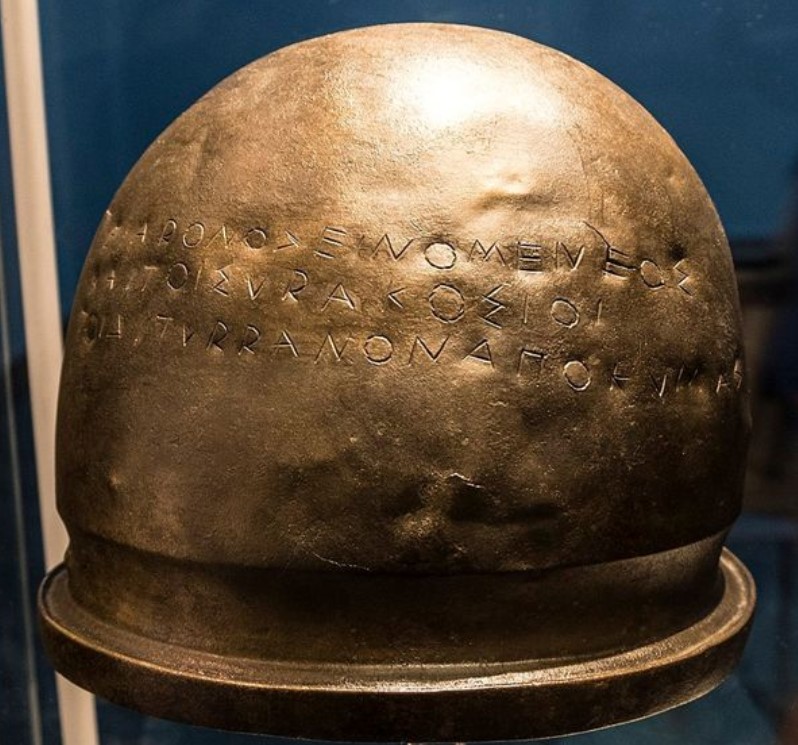
The Battle of Cumae was a lesser-known historical event but one that had significant political and economic importance within the geographical context of the western Mediterranean. It was a naval clash in which the Syracusans ended Etruscan expansion in Greek Italy and dealt a severe blow to the political influence they exerted on mainland Italy. The coastal cities of Etruria in southern Italy no longer held the same commercial significance that had flourished throughout the 6th century BC, and the Greek city of Cumae began a slow decline.
In order to know more, you can visit:
- Wikipedia: [1]
This page was last edited on 28 June 2024
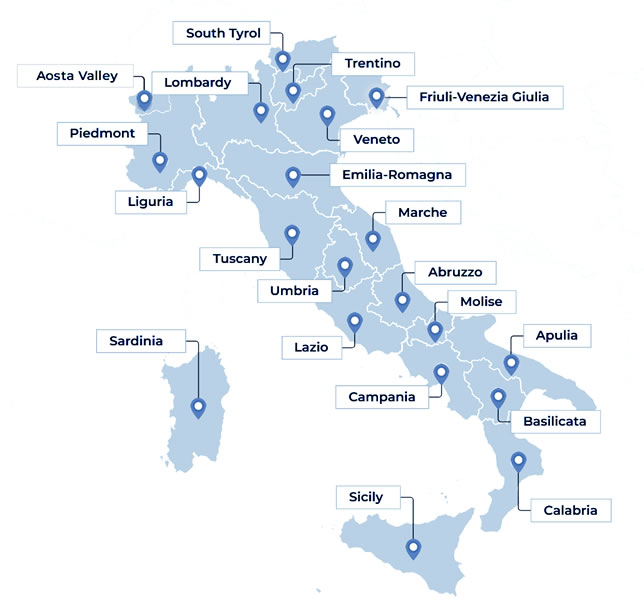
Open in Google Maps and find out what to visit in a place.
Go to: Abruzzo | Aosta Valley | Apulia | Basilicata | Calabria | Campania | Emilia Romagna | Friuli Venezia Giulia | Lazio | Liguria | Lombardy | Marche | Molise | Piedmont | Sardinia | Sicily | South Tyrol | Trentino | Tuscany | Umbria | Veneto

Text and images are available under the Creative Commons Attribution-ShareAlike License 4.0; - italystudynotes.eu - Privacy